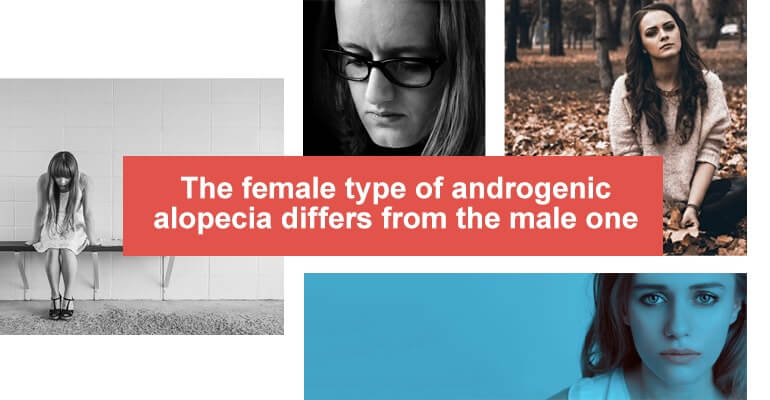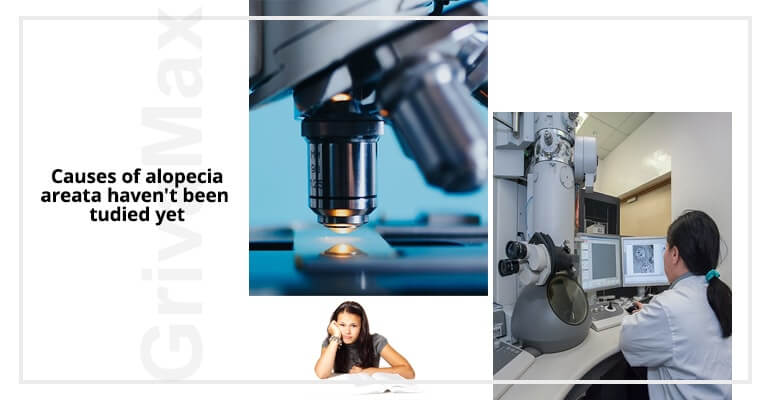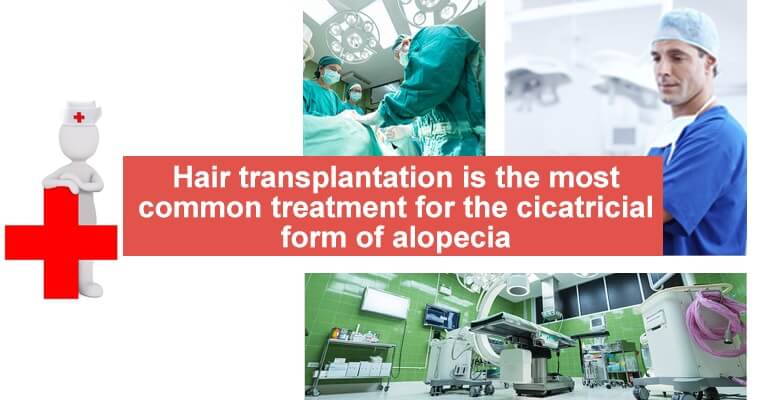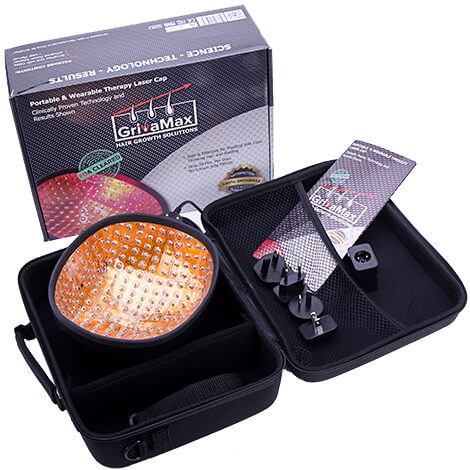Hair loss can be manifested in different ways, depending on the cause and current conditions. Since these reasons vary, it is important to understand what form of alopecia you are facing. It will help you choose the right treatment.
Male pattern of hair loss (androgenic)
This type is most common in men, although sometimes it occurs in women. Predisposition is inherited. The primary cause is an active form of testosterone – dihydrotestosterone.
Symptoms. Hair loss can begin in the upper part of the head (dispersed), as well as on the top or on the sides of the forehead (the hair growth line takes the form of the letter “M”).
Measures. Hereditary predisposition is not recoverable. The development of baldness can be slowed down and even stopped or reversed by various measures, including the use of DHT blockers and laser therapy. The last option is hair transplantation.
Female type of hair loss
Women suffer in the same areas as men for similar reasons. More often it is manifested by a diffusive, gradual loss of hair. Like with male alopecia, the first symptoms can start at the age of 20.
Symptoms. Hair in the upper part of the head falls out diffusely, losing volume. The appearance of bald patches is rare but possible.
When determining the diagnosis, it is important to distinguish female androgenic alopecia from temporary hair loss, or age-related hair changes.
Measures. There are many treatment products: special shampoos and balms, medicines, massage, laser therapy, etc. Hair transplantation is recommended if there are no vital follicles left.

Temporary diffusive hair loss (in the telogen phase)
Increased hair loss can be a temporary reaction to shock, stress, postpartum, or from taking oral contraceptives, etc. It is caused by the fact that a significant part of the hair has passed into the telogen phase – the phase of rest and loss.
Symptoms. Hair is shedding and thinning severely. It occurs on the entire surface of the head or in patches. It begins within three months after the triggering factor occurred and lasts up to six months.
Measures. If the trigger of a sudden hair loss has been removed, your hair will be back to normal without any treatment. Of course, you can speed up the recovery process.
Chronic diffusive type of hair loss
The chronic type differs from temporary hair loss in the telogen phase mainly by its duration. It lasts longer than six months and doesn’t go away by itself. It is caused by many factors, including stress and lack of nutrients to common diseases: anemia, thyroid problems, lupus.
Symptoms. It affects mainly the top, as well as the sides of the head. Hair is thinning gradually, evenly, and for a long time.
Measures. With the chronic diffusive type of baldness, it is critical to find and eliminate the cause of the disease for further treatment. Several methods can be applied for the treatment of this type of alopecia.
Alopecia areata
This is a difficult type of baldness because its origin is still unknown, although a genetic link has been proven. Many triggers (stress, inflammation, infection, harmful substances, physical trauma of the head, or even the season) aggravate the process when the human immune system begins to attack the cells of the follicles.
Symptoms. During the early stages, the disease is easy to identify because of the round, smooth patches (areas) without hair in any part of the head. Autoimmune reaction can lead to the total and universal alopecia (hair loss throughout the head and the entire body, with possible nail damage).
Measures: Although alopecia areata is a reaction of immune system, it’s not a verdict. Treatment can include Minoxidil, immune therapy, steroid injections, some new medicines, local physiotherapy.

Traction alopecia
The direct cause of this type of alopecia is constant mechanical tension. It can be caused by tight hairstyles, braids, dreadlocks, hair extensions, hairpieces, or sleeping with curlers. The follicles are damaged due to physical effects making hair fall out quickly.
Symptoms. A characteristic “fluff” near the line of hair growth on the forehead, at the temples or wherever the follicles have deformed due to tension.
Measures. The first thing to do is to avoid a traumatic hairstyle. If the follicles are still able to produce hair, they will respond to standard therapy. If the damage is fatal, you will need a hair transplant.
Trichotillomania
It is not caused by hair disorders. The hair is fine. The patient has a mental problem – an uncontrollable desire to pull, twist, tear out his hair. This often happens in childhood.
Symptoms. You can see either the actions of the patient, or the result of those actions – uneven, thinned, or hairless areas.
Measures. The main thing is to treat the mental disorder. Hair can react differently to the regeneration therapy, depending on the damage of the follicles and the presence of scars.
Follicular degeneration syndrome
This form of cicatricial alopecia occurs mainly in women with thick hair (African American). The follicles are destroyed and replaced by fibrous tissue.
Symptoms. The syndrome is recognized by localized diffusive alopecia, usually at the top of the head. Hair loss spreads centrifugally. On the boundaries, you can find bald spots, papules, and thinned hair.
Measures. The syndrome can appear both in the presence of external factors (hot styling) and without them. It is treated with therapeutic (if follicles can still function) or by surgical methods.

Atrophic alopecia (pseudopelade)
It is a rare condition and occurs mostly in women, sometimes in children, and less often in men. This disease develops for years, accompanied by skin atrophy and hair loss. It can stop by itself. Atrophic alopecia differs from alopecia areata by affecting the upper part of the follicle, but not the lower one.
Symptoms. Several small oval foci, which gradually merge into areas of irregular shape that retain individual hair. You may notice inflammation.
Measures. Since the disease has an autoimmune origin, it is necessary to treat the main cause, and not the hair itself.
Lupus
Lupus is another autoimmune enemy of our body. It affects not only the hair, but also the internal organs and joints.
Symptoms. Rashes on the nose and cheeks, often shaped like a butterfly, bruises, blisters, sores on the body, diffusive hair loss, complete baldness, and inflamed skin on the head that can form scars.
Measures. After confirmation of the diagnosis, you will need immunotherapy and medicines with corticosteroids. Scarring might require hair transplantation.
As you can see, the progression of almost all forms of alopecia can be controlled, if not cured. The only question is that you may need another specialist besides a trichologist: immunologist, endocrinologist, dermatologist and infectious disease specialist, neurologist or a psychiatrist.
It is very important to realize that self-diagnosis may not always be correct and final, and it is necessary to plan further treatment based on professional medical advice.
 889
889














